What does building a legacy brand look like in a world of blanding aesthetics thanks to algorithms?
“Is this brand local?” asked a new friend when I introduced them to Zab’s, and though the brand is not native to Austin (it’s based in LA) one can’t deny the branding itself feels local-ish. For the past decade, we’ve seen CPG undergo a process of yassification, slang for “making something appear more attractive or glamorous” a shift that began as soon as Millennials came of age and a byproduct of being the generation of Instagram, something GenZ adopted it as a form of affordable affluence that they could use as TikTok clickbait—and so we began to see pastels, neons and adorkable fonts adorn new products and legacy brands going under extensive knife (agency) work in order to cater to our new born needs.
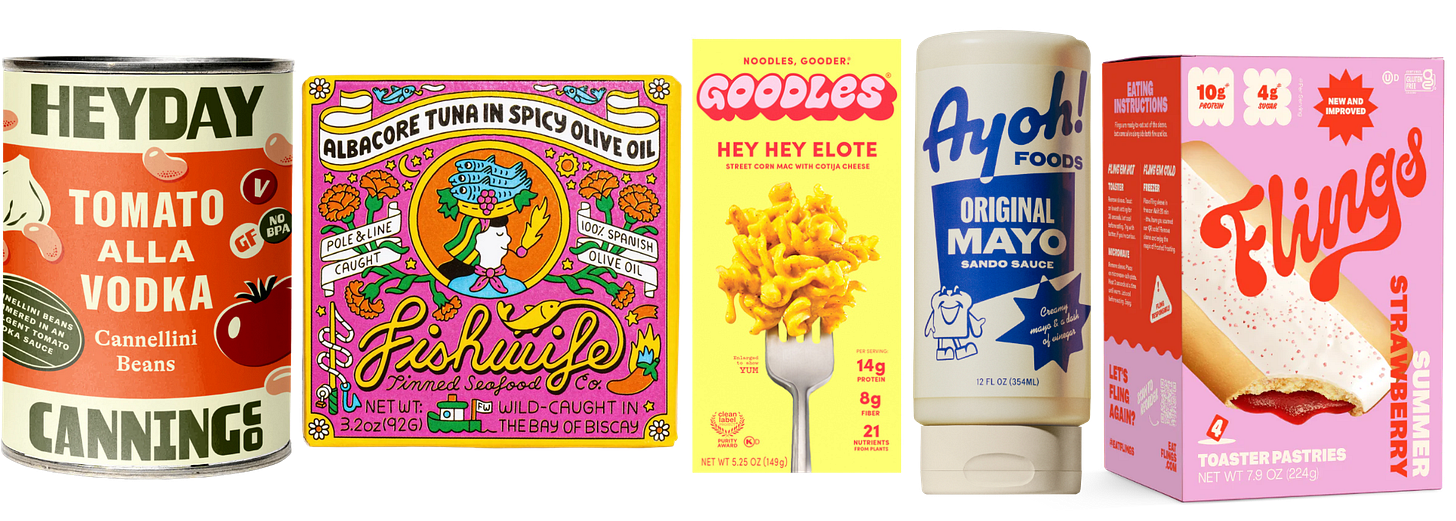
Last year, Manischewitz drew controversy after unveiling their latest rebrand that was a clear play to appeal to the Zellennial crowd, complete with cute characters and bright colors. Is it bad for a legacy brand to want to approach a new generation and meet them where they are at? Absolutely not, but it does prompt the question, what does building a legacy brand look like in a world of blanding aesthetics thanks to algorithms? No matter how many times we’ve said it before, the truth is, we are living in unprecendented times, cultural convergences like social media, the algorithm and our generation’s need to status signal with grocery items has made it almost impossible for legacy brands to ignore the importance of updated aesthetics.
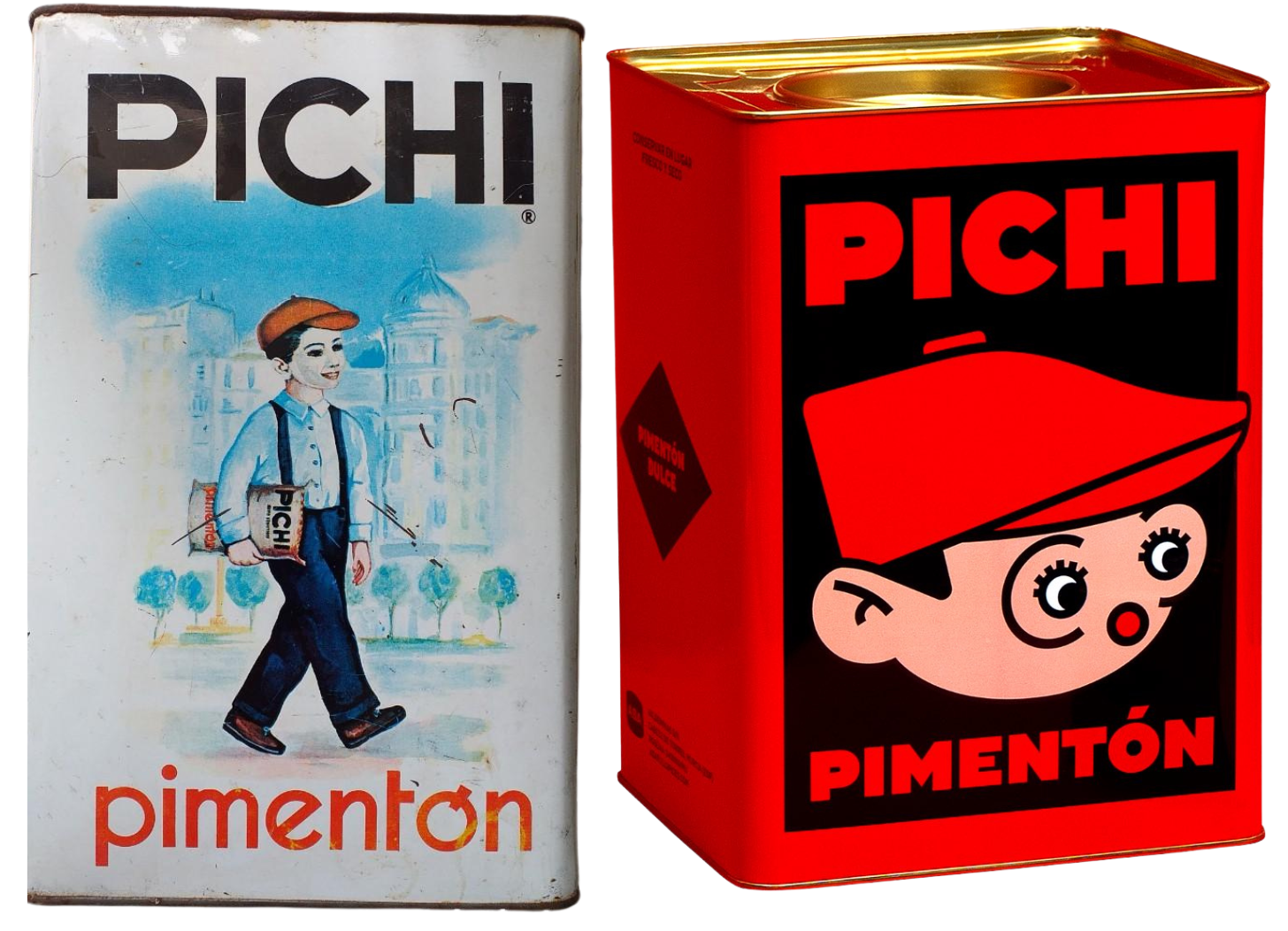
Almost everything has been yassified at this point, so is there any point in trying to hold on to decades old vibes? KIND went viral for their over-the-top unveiling of their “new logo” that looked almost identical, something that Walmart had also pulled off, it’s a good way to hedge against brand equity dilution, constant touchups are safer than whole teardowns. Can you hack legacy? In the same way that private labels dupe brands wanting to leech of their established equity amongst consumers, I feel this new wave of noveau artisanal brands are doing the same by taking a page out of legacy ones. Noveau artisanal is a push back from overly yassified, modern brands trying to find some common ground with legacy, less of a shock factor, more familiar.
Here’s a few brands that I think fit this aesthetic—


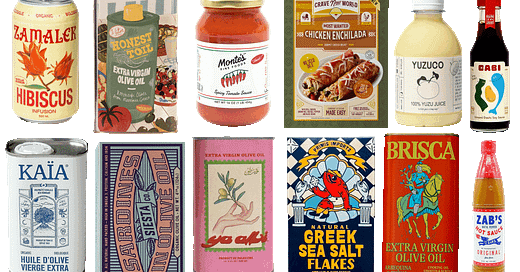



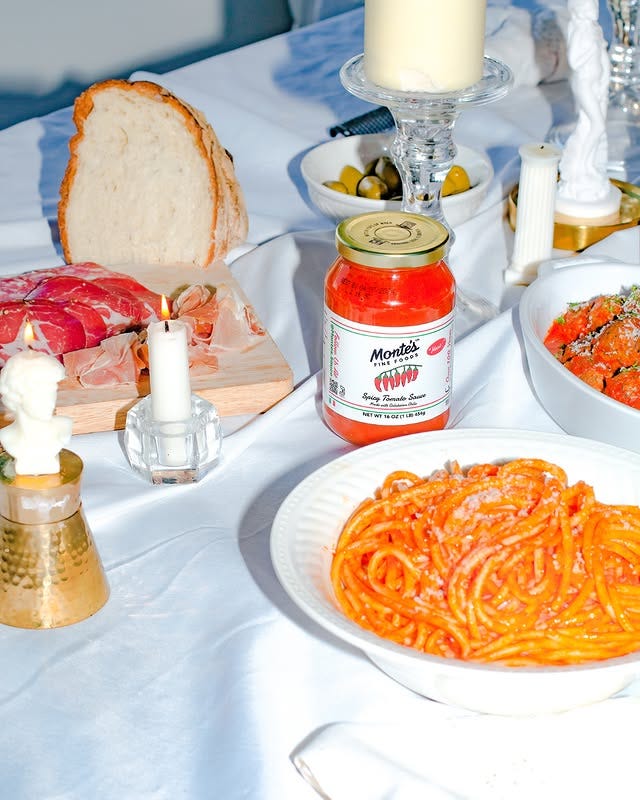
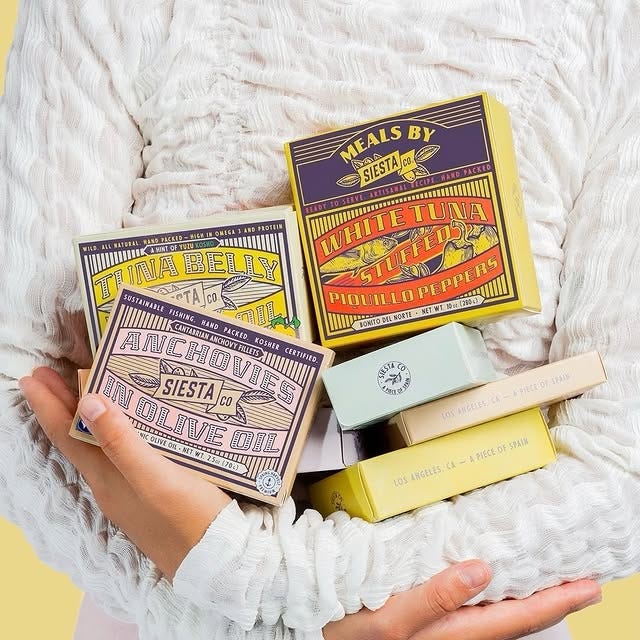
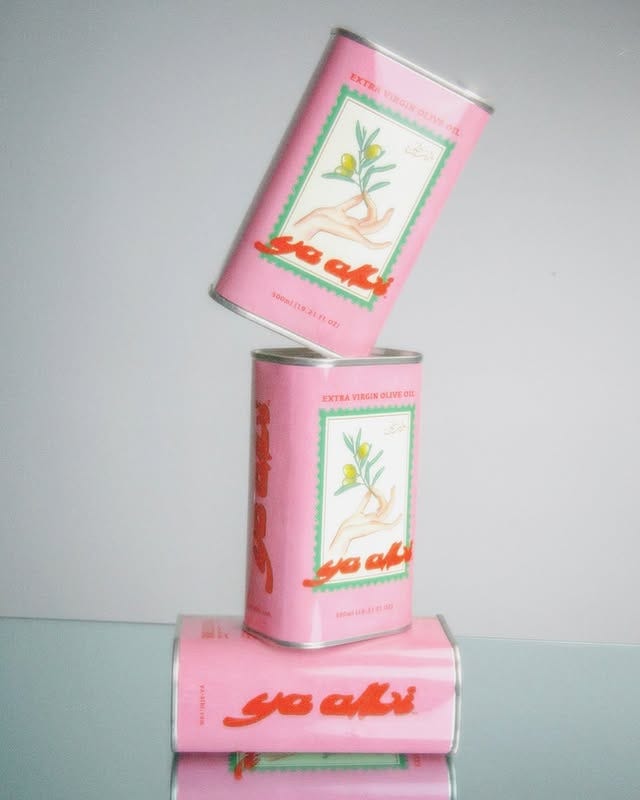
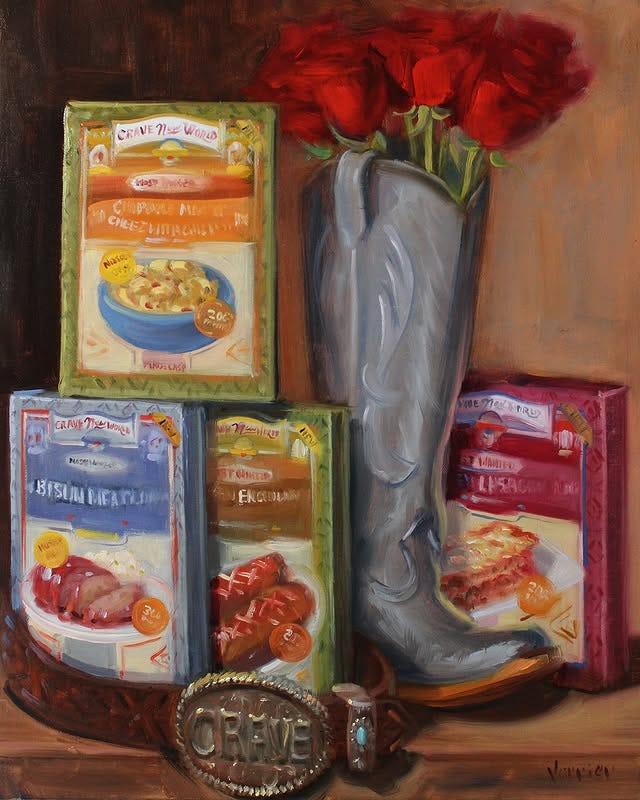
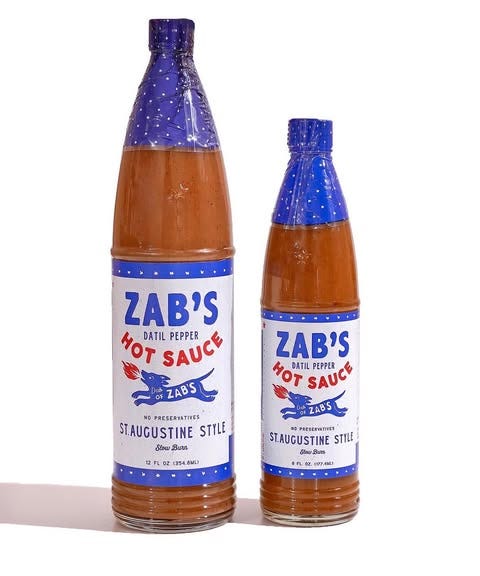
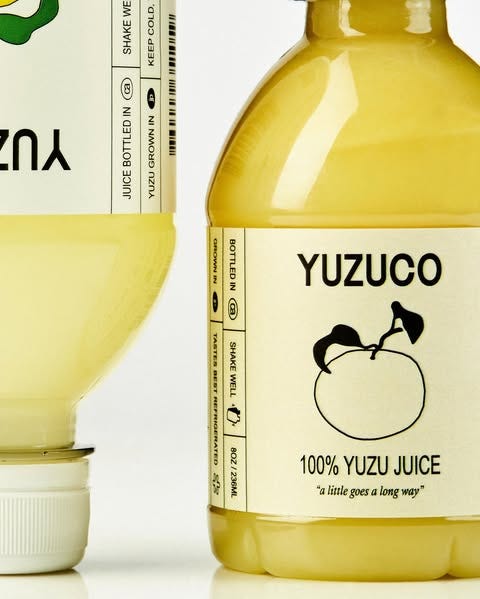

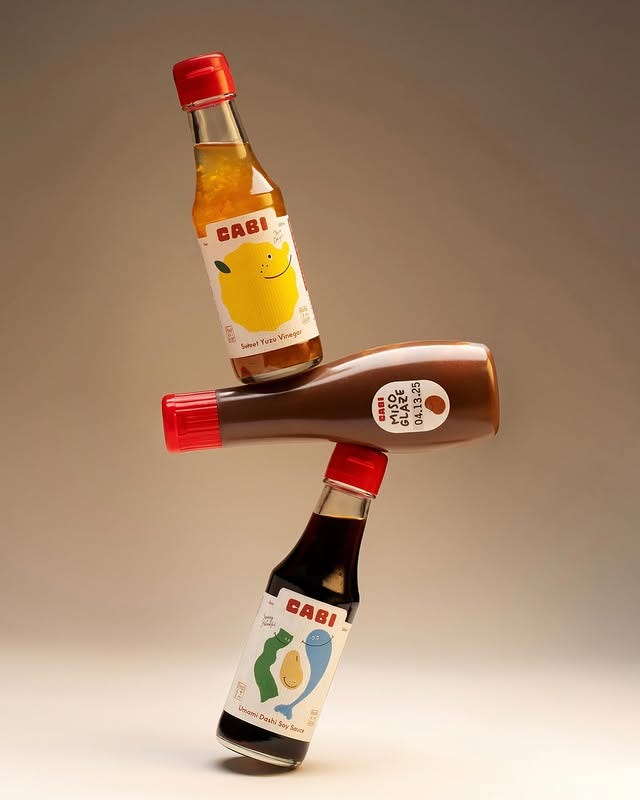
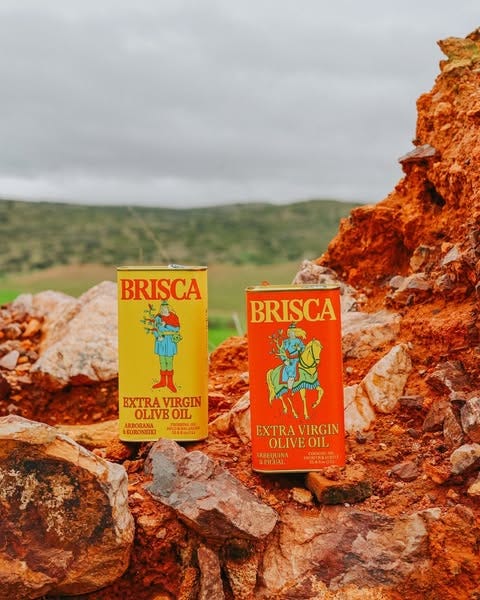
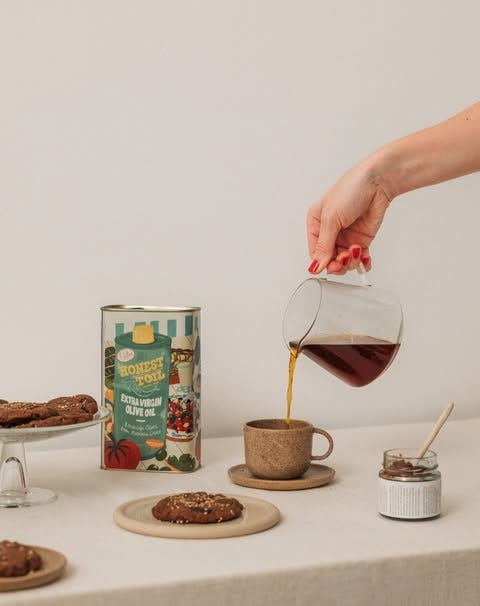
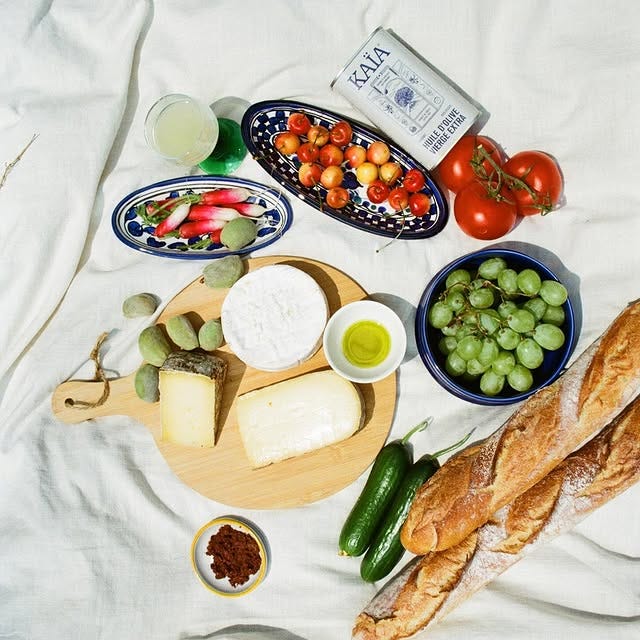
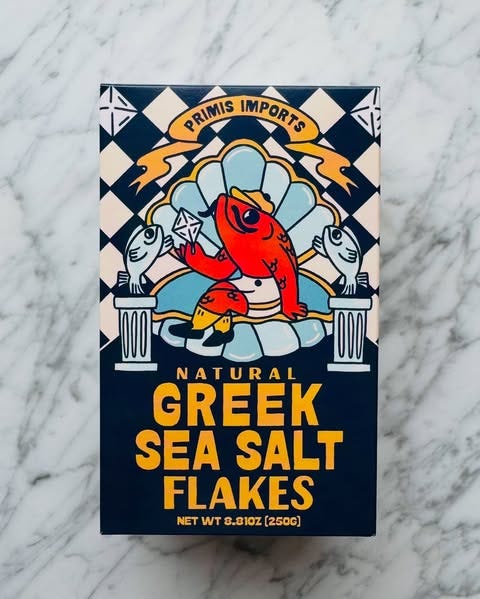
You’re doing gods work on this substack thank you
I read through the Fast Company article on the Manischewitz rebrand and don’t see any mention of controversy. Curious; what is the controversy?